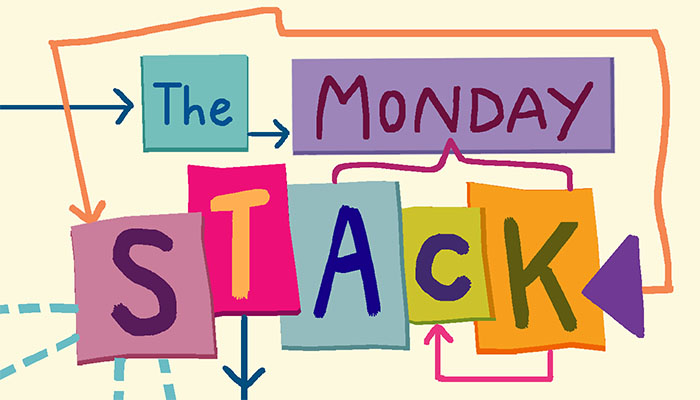Muscling all other news aside comes Salesforce’s acquisition of interactive data visualization vendor Tableau. At first glance, the purchase price is staggering, three times what Adobe paid for Marketo. However, the $15.75 billion figure is actually based on Salesforce’s current market valuation, because this is an all-stock deal.
Even so, on second glance, it still seems a high price to pay, considerably exceeding Tableau’s market valuation.
Tableau’s main proffer is democratization of data by transforming it into easily digestible visual representations. But it’s hard to believe this is just a UX play. Like Datorama, acquired by Salesforce last year, Tableau can draw data from a full range of sources. We’re only just starting to learn how Datorama forms part of Salesforce’s strategy. Tableau is going to be an even larger piece of the jigsaw puzzle, and we don’t yet know exactly where it will fit.
**********
Pegaworld 2019, which we covered last week, was not —
of course —
just about Pega. Our near neighbors Movable Ink, the dynamic email and website guys, had their own (Pega-related) announcement. Movable Ink renders personalized email content at the time an email is opened, responsive to context; it now does the same for web-pages. Imagine how that could be powered by real-time next-best-action recommendations —
which, of course, is Pega’s sweet spot.
Last week, Movable Ink announced it was joining the Pega ISV program, and I sat down with Lalit Chopra, Movable Ink’s senior director of strategic partnerships, and Rupen Shah, Pega’s VP of global ISV alliances, to learn more.
“The way we look at partnerships is to ask how we can get the best possible data on behalf of our clients, and use that to generate content,” said Chopra. As we look at Pega, the next-best-actions they’re creating, primarily within the Customer Decision Hub, we can grab them and tie them into content. That’s about making sure that the content for email and other channels is as fresh and up-to-date as it can possibly be.”
The immediate next-best-action can be picked up at the moment of email open, and used to personalize the content for the individual. This is available, of course, only to customers of both Pega and Movable Ink. “If you’re using the Pega decision hub, or considering doing so, this will give you that capability.”
The ISV program allows Movable Ink and Pega teams to work together to ensure tight and streamlined integration.
“With the ISV program,” Shah confirmed, “we actually have a collaboration. We can customize the go-to-market strategy, let customers know what the value proposition is, and provide incentives for the teams to work together to deliver it.”
**********
I wanted to get some perspective on Pega from a third party, albeit an involved one. Accenture has been Pega partner of the year for seven consecutive years, making them a key systems integrator and implementation partner. But Accenture, of course, works with big players in the CX space across the board. I asked David Steuer, MD of Accenture Intelligent Software Engineering Services, for his take on the conference.
“If you look at Pega’s journey in terms of what’s old, now, and new —
part of the concept of the ‘old’ is that you are continuing to invest money in the technology which has been serving you for years. For Pega, that’s the BPM space, now more about digital process automation. They’ve continued to invest in that, but we’ve also seen how they’ve pivoted into the customer experience space with next-best-action and their AI-powered decision solution. That’s what I’d call the ‘now.’ I’m really interested to see how they now build in empathy. That could be a game-changer if that plays out.”
I wondered if Steuer shared my thought that Pega’s approach to individual-based customer decisioning may not be a good fit for marketing teams fixed in the audience-based campaign mind-set. Is that why their profile remains relatively low, compared with a Salesforce?
“I think, to their credit, they really invest a lot in building a great product. They are continuing to invest in building their own brand, but they’re very product focused. On the other point, it’s no longer about just fitting somebody into a campaign. It’s not that campaigns go away, but it’s this concept of interacting with the customer when they want to interact with you. For years we used to talk about 1:1 marketing, and it always sounded like a good idea, but it’s now real. It has real impact on bottom line performance.”







